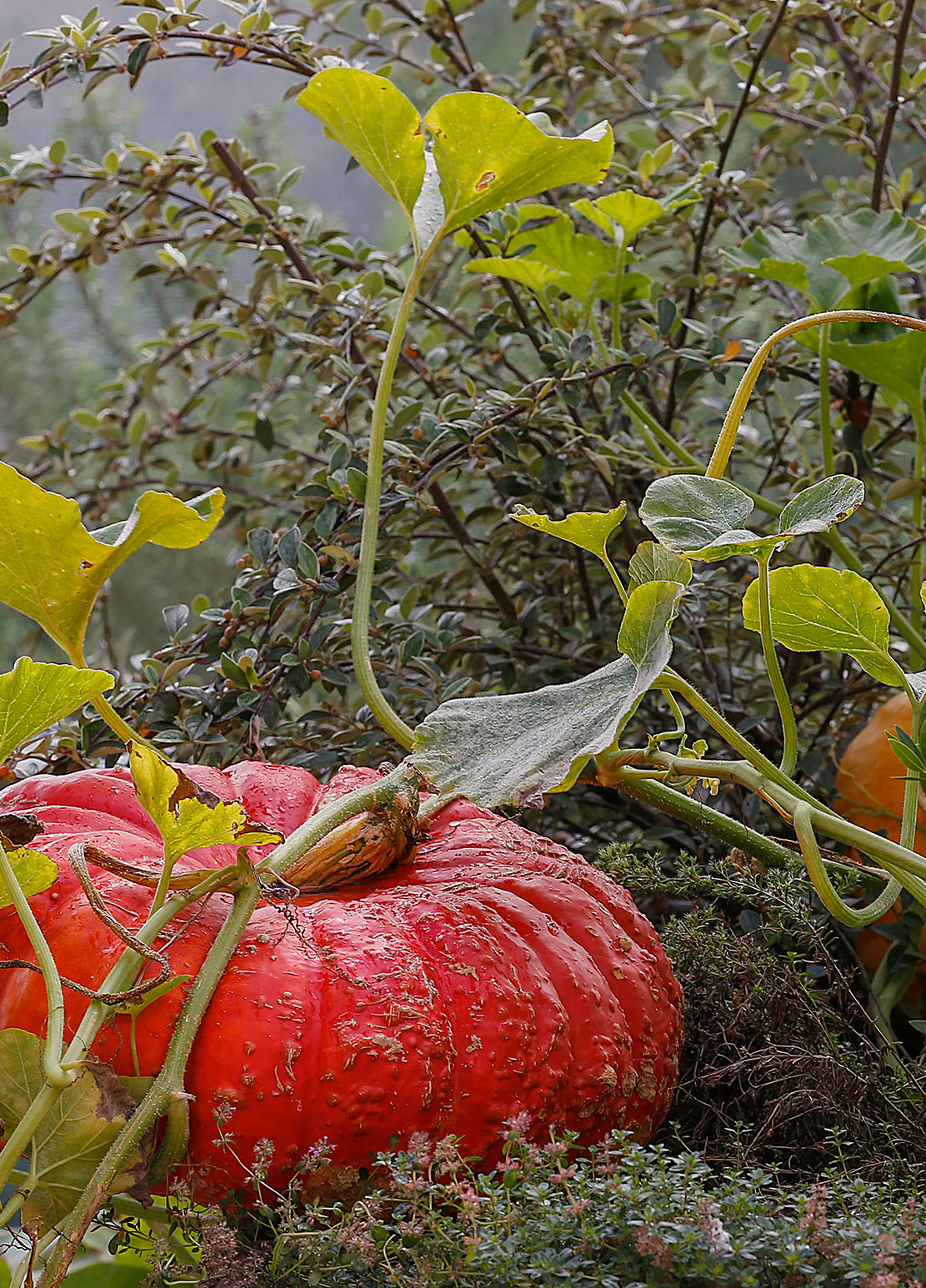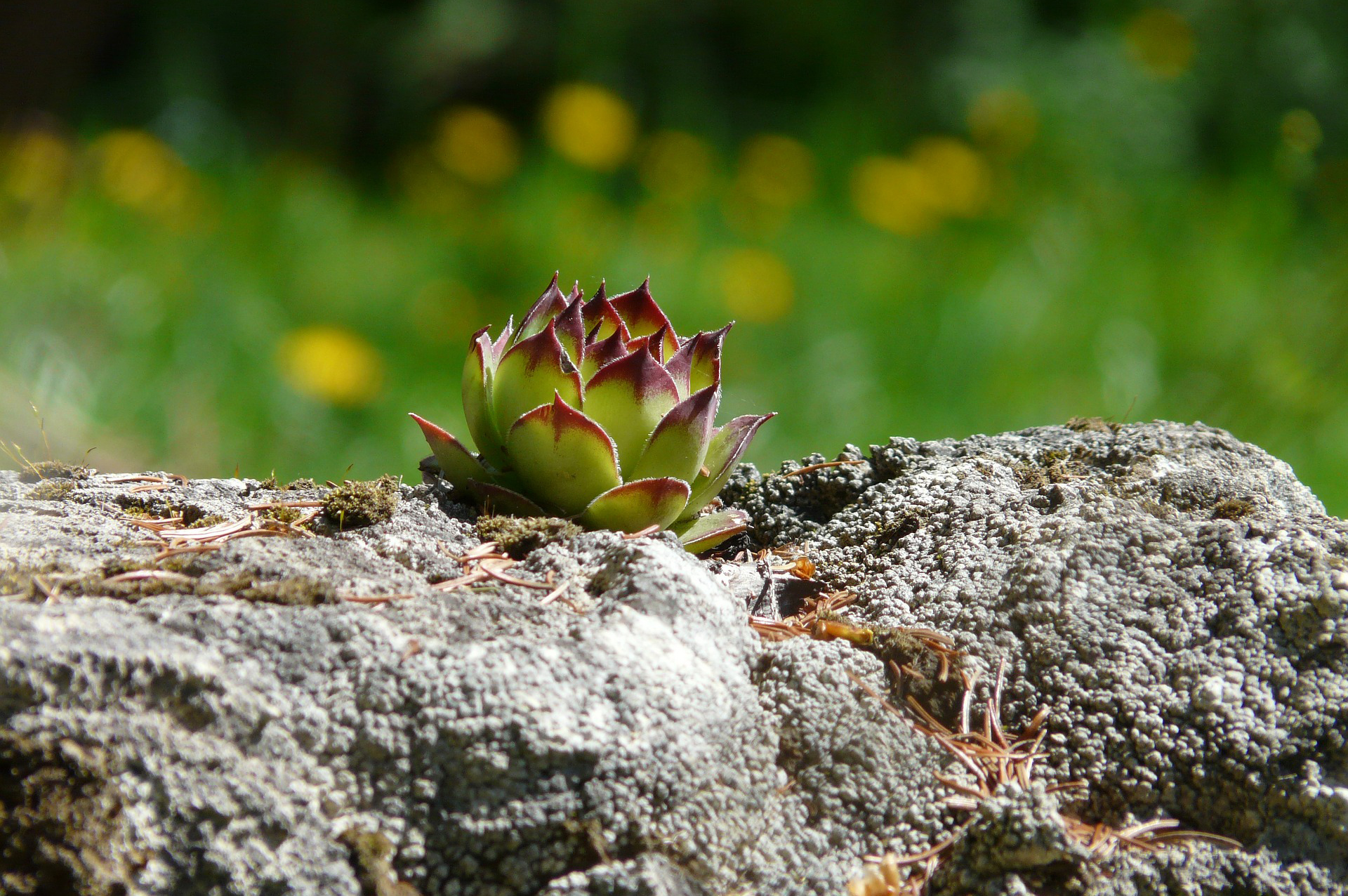The soil is not just a lifeless world in which only minerals help plants grow. It is a distinct ecosystem that welcomes plants on its surface and is a sanctuary for many organisms: namely microfauna, microflora and the living soil that produces humus.
A MICROBIOLOGIST AHEAD OF HER TIME
In the late 1990s, Elaine Ingham, an American microbiologist, published a study that highlighted the importance of the presence of microorganisms in the soil. The minerals present in the soil are not sufficient when planning sustainable farming. With scientific progress, attention is now being paid to the billions of microorganisms in crops.
Bacteria, protozoa, nematodes, fungi: these all produce nutrients by decomposing organic matter and creating many elements that plants feed on. One gram of soil can number around 10,000 microorganisms.
Compost, decomposed organic matter, is the ideal place to observe this tiny world. But how can one increase the presence of microorganisms in order to increase their benefits?
That is the question Elaine Ingham answered by inventing a recipe for compost tea in an aerobic (high oxygen) environment, with water and organic matter to boost microorganisms and use them in fields and gardens.
Her discovery is innovative and aims to bolster biological life in formerly overexploited soil by making it healthier.
THE RECIPE FOR COMPOST TEA
The researcher’s recipe is the following:
You need 4 kg of very good quality compost with balanced carbon and nitrogen content, to be placed in a fine mesh net.
Steep this huge tea bag in 100 litres of non-chlorinated water at 22° C. You also need to add food for the microorganisms, 250ml of green molasses, composed of fruit pulp mixed with organic cane sugar.
An air pump should be immersed in the container in which the tea will be placed to oxygenate it continuously. Finally, you can add 125 g of dried, crushed seaweed (fucus, laminaria), 30 cl of cod liver oil and 30 cl of humic acid. Fermentation should last 24 hours. You can leave the compost to stand for 20 minutes after the pump has stopped and spray the tea on the plants and their leaves, the soil and even on the seedlings. This can be repeated in spring and autumn. The tea will create a biological barrier for the plant, from its roots to the tips of its leaves, and improve its health.
THE BENEFITS OF COMPOST TEA
Microorganisms are like farmers’ assistants. They make it possible to:
– make many nutrients available to plants
– stimulate plant growth and make plants resilient
– compete with pathogenic microorganisms and control plant disease on the soil or leaves
– reduce pesticide use on crops and increase production
– reactivate soil biological life and increase humus regeneration on land
Although the size of microorganisms makes them invisible to the naked eye, their presence is revealed over time, through the seasons, in the healthy development of plants and the regeneration of the soil.
In your garden, microorganisms will give you stronger and more nutritional vegetables.
Will you be tempted to make compost tea for your garden?
*P.S.: Compost tea does not keep well because microorganisms are delicate creatures that need to be introduced quickly into your garden. Moreover, this recipe does not give off any bad smells.



